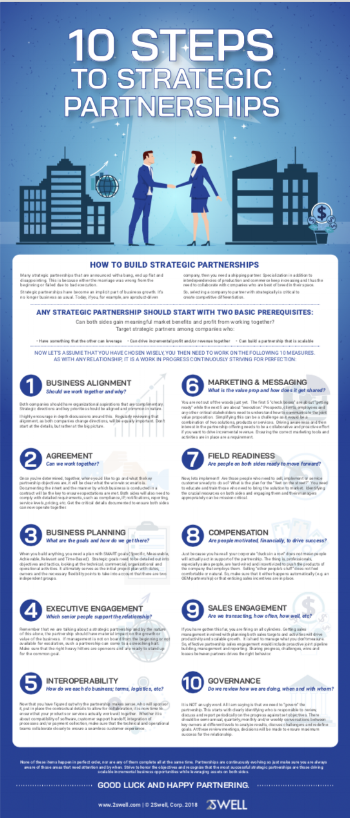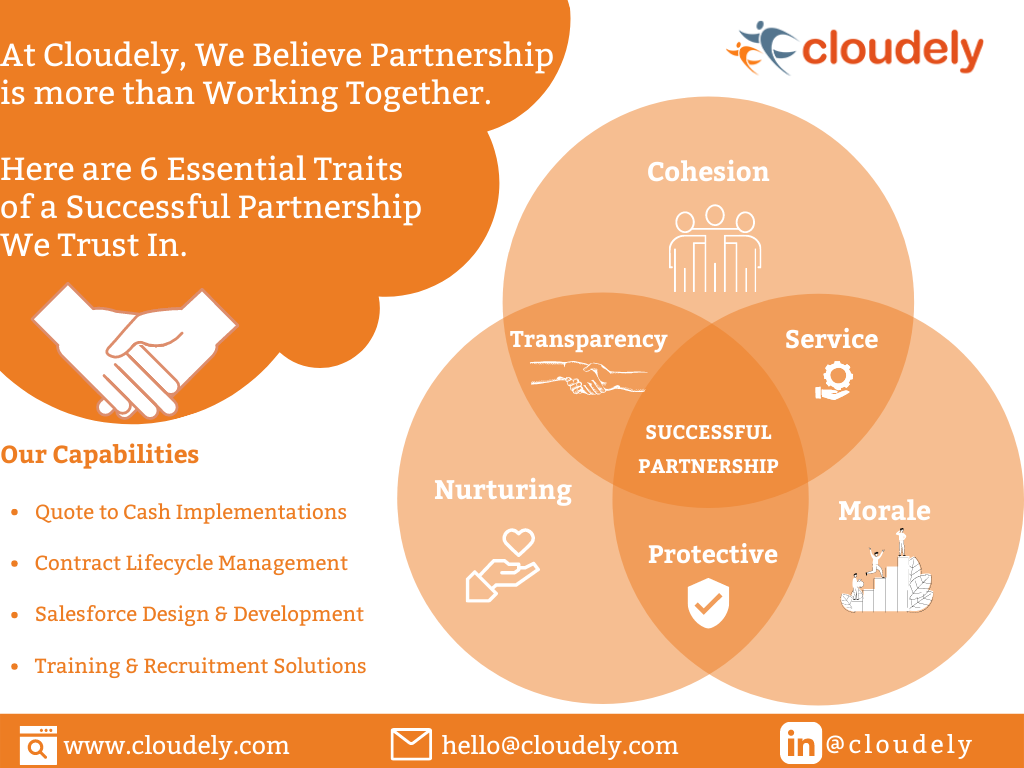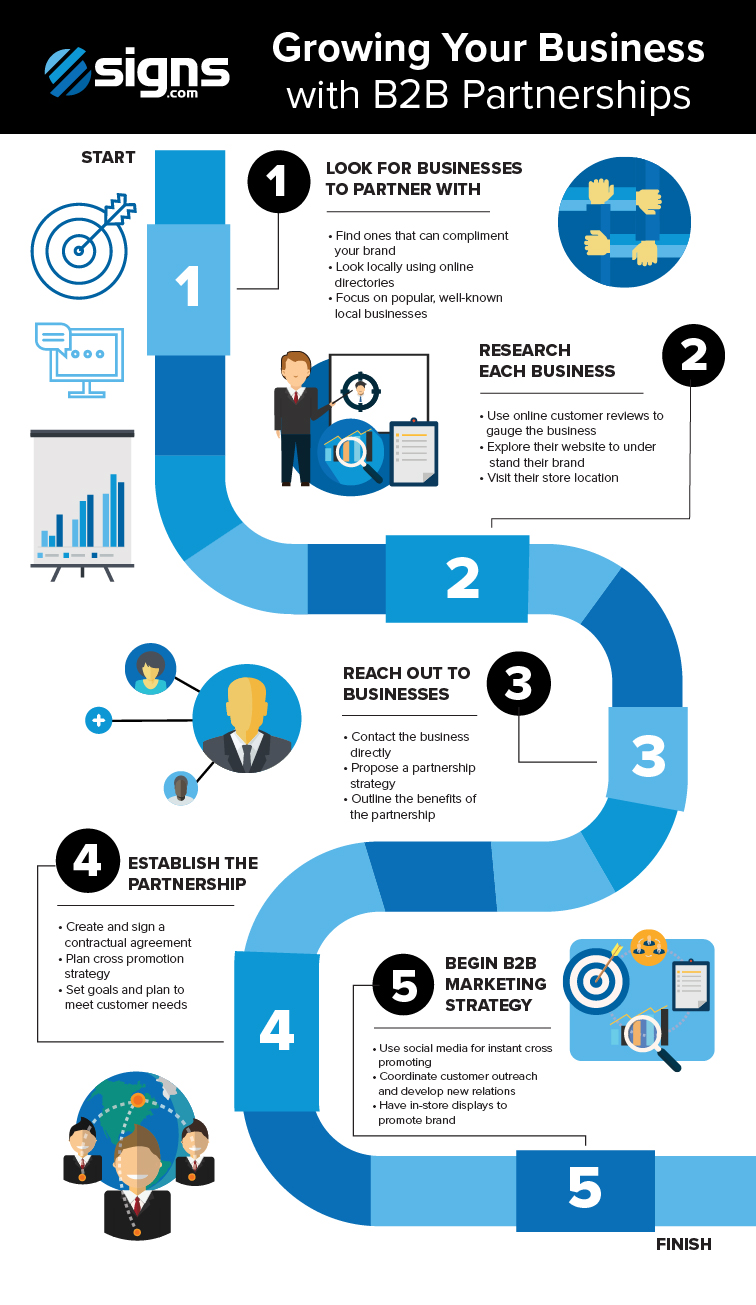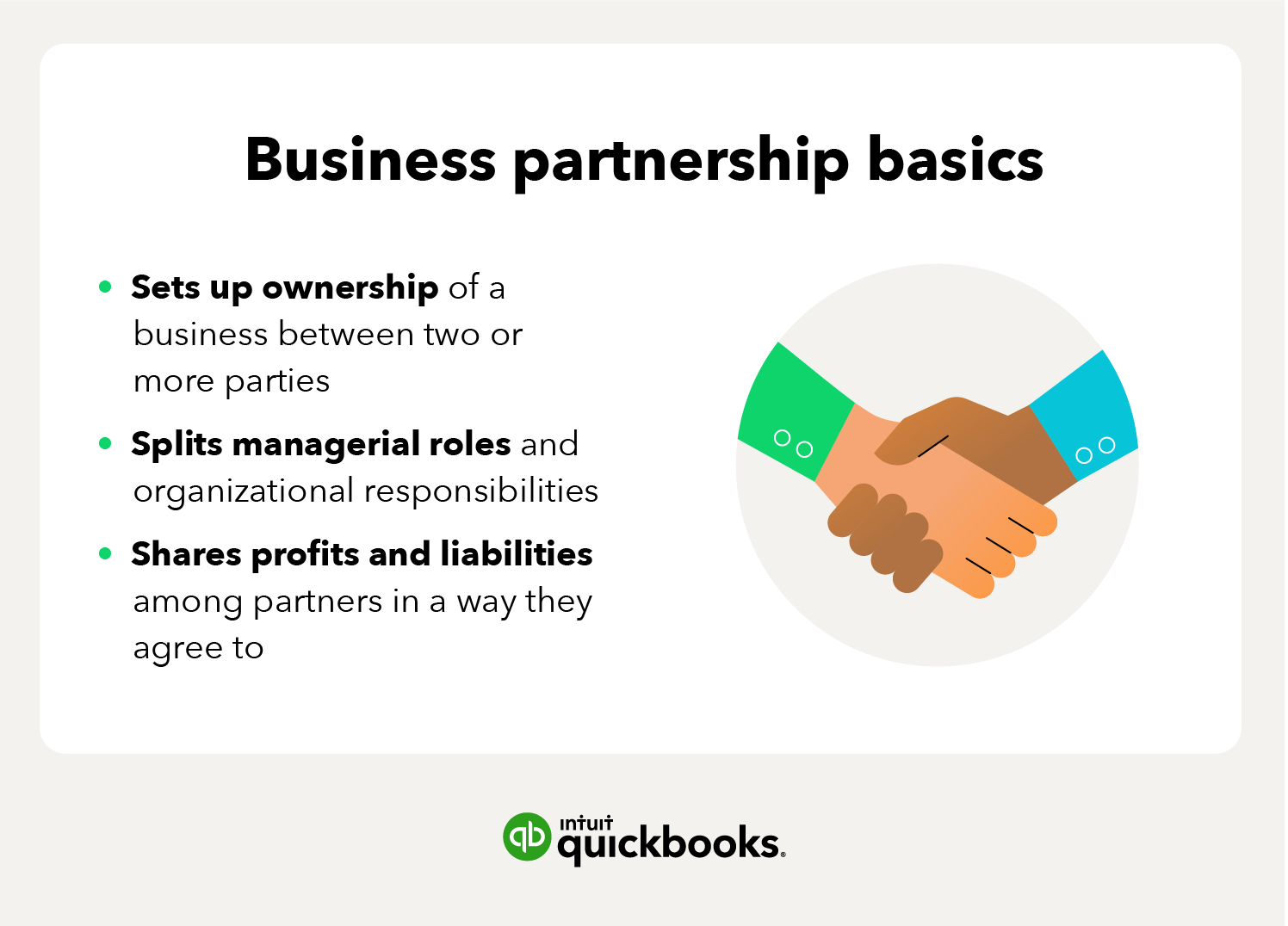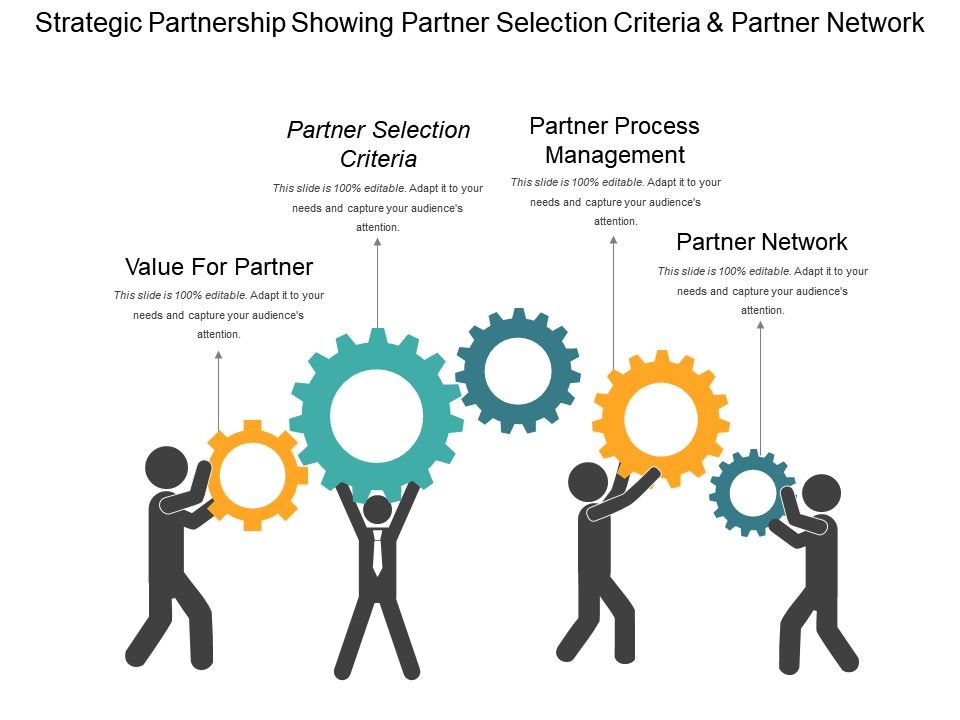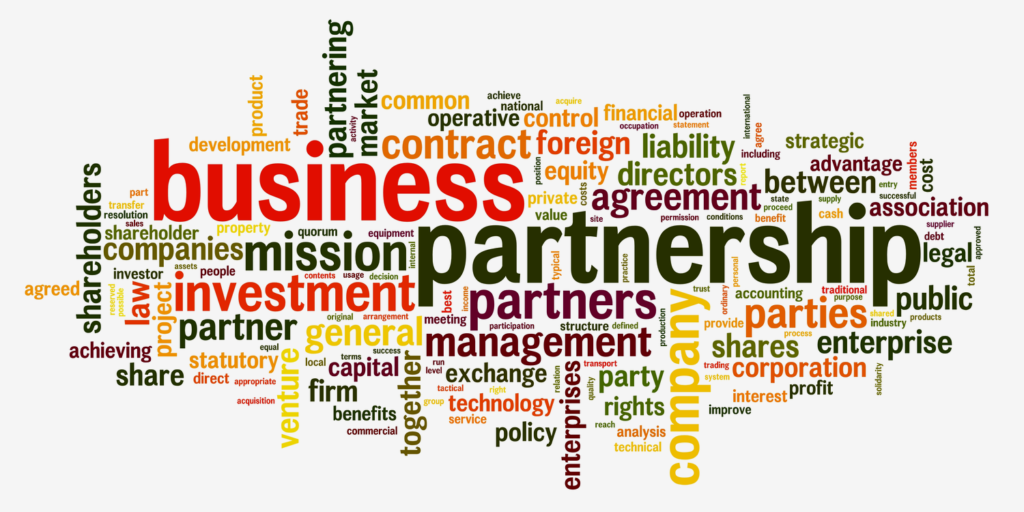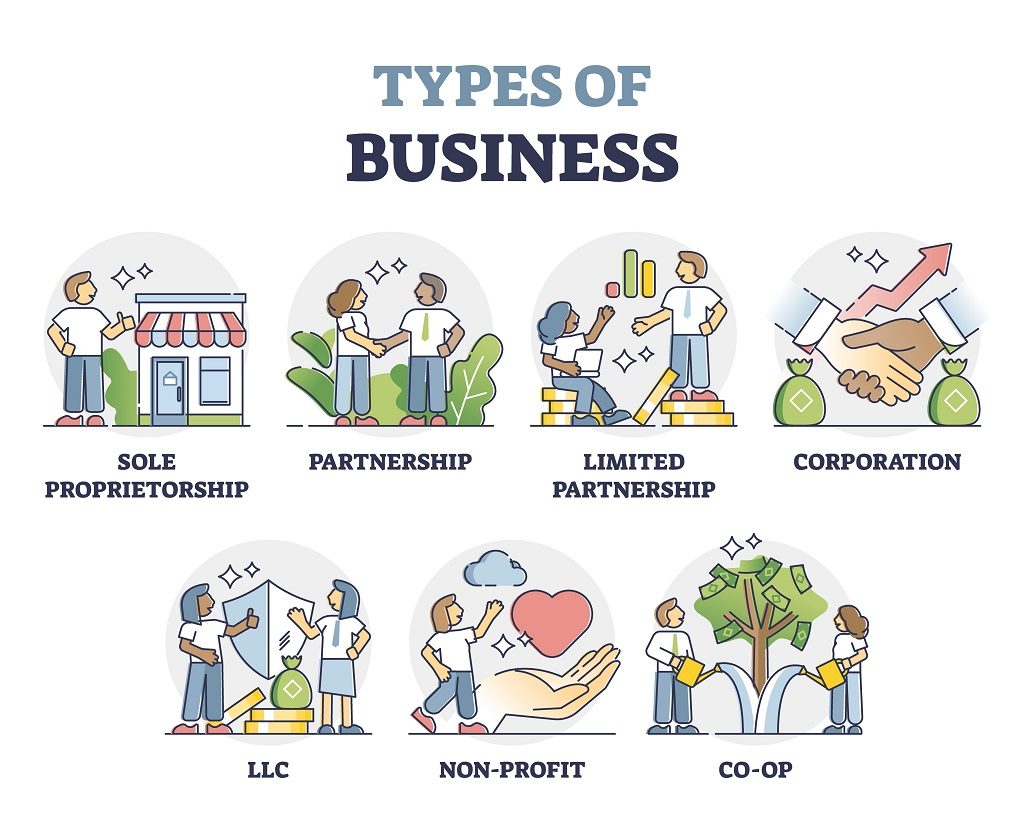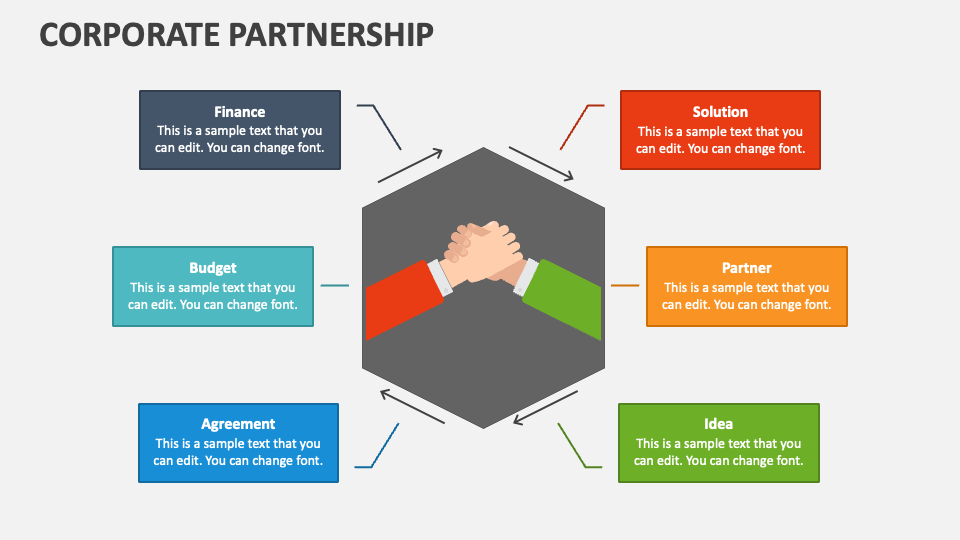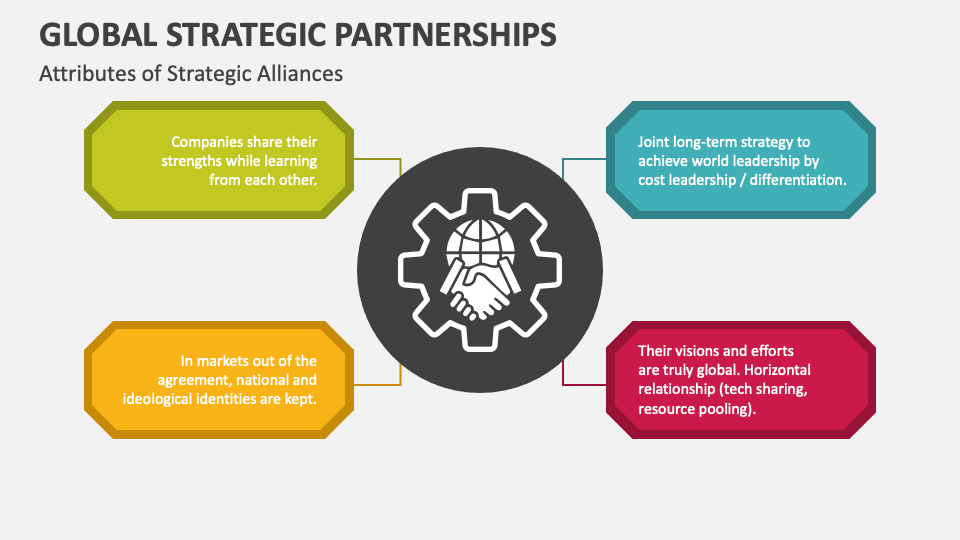How To Approach A Business Partnership

The promise of shared success and reduced risk makes business partnerships an attractive proposition. However, the road to collaborative achievement is often paved with unforeseen challenges. Ill-defined expectations and misaligned goals can quickly transform a seemingly perfect alliance into a source of conflict and financial strain.
Therefore, understanding the nuances of forming a successful business partnership is paramount. This article delves into the essential steps and considerations for approaching a business partnership. We aim to equip entrepreneurs and business owners with the knowledge to navigate this complex terrain effectively.
Laying the Groundwork: Self-Assessment and Partner Identification
Before embarking on a partnership, a thorough self-assessment is crucial. Entrepreneurs must objectively evaluate their strengths, weaknesses, and the specific skills and resources they lack. Identifying these gaps allows for a more targeted search for a compatible partner who complements their capabilities.
According to the Small Business Administration (SBA), clearly defining your business goals and values is also essential at this stage. This foundational understanding will serve as a guiding principle when evaluating potential partners and ensuring alignment on long-term vision.
Finding the right partner is akin to finding a co-founder; compatibility extends beyond mere skills. Shared values, work ethic, and communication styles are all vital components for a harmonious and productive partnership. Networking events, industry conferences, and online platforms can be valuable avenues for identifying potential partners.
Due Diligence: Investigating and Evaluating Potential Partners
Once potential partners have been identified, conducting thorough due diligence is non-negotiable. This process involves verifying the accuracy of their claims, assessing their financial stability, and scrutinizing their past business dealings.
Background checks, credit reports, and reference checks can provide valuable insights into a candidate's character and reliability. Consulting with legal and financial professionals during this stage is highly recommended.
Open and honest conversations about past successes and failures are also crucial. This transparency fosters trust and allows for a more realistic assessment of the potential partner's capabilities and experience.
Crafting a Comprehensive Partnership Agreement
The cornerstone of any successful business partnership is a well-defined partnership agreement. This legally binding document outlines the rights, responsibilities, and obligations of each partner.
According to Nolo, a leading provider of legal information, key elements of a partnership agreement include: capital contributions, profit and loss allocation, decision-making authority, dispute resolution mechanisms, and exit strategies. Clearly outlining these aspects minimizes the risk of future disagreements and ensures a fair and equitable partnership.
It's imperative to seek legal counsel to draft and review the partnership agreement. A lawyer can ensure that all relevant legal requirements are met and that the agreement accurately reflects the intentions of all parties involved.
Communication and Conflict Resolution
Open and honest communication is the lifeblood of any successful partnership. Establishing clear communication channels and scheduling regular meetings are essential for maintaining alignment and addressing concerns promptly.
Conflicts are inevitable in any business relationship, but how they are handled can make or break a partnership. Establishing a formal dispute resolution process in the partnership agreement is crucial for resolving disagreements amicably and efficiently.
Mediation and arbitration are common methods for resolving disputes outside of court. Embracing a collaborative approach to conflict resolution, where the focus is on finding mutually beneficial solutions, is paramount for preserving the partnership.
Ongoing Evaluation and Adaptation
A business partnership is not a static entity; it requires ongoing evaluation and adaptation. Regularly reviewing the partnership agreement and assessing its effectiveness is essential for ensuring that it continues to meet the needs of the business.
The business environment is constantly evolving, and partnerships must be flexible enough to adapt to changing market conditions. Open communication and a willingness to adjust strategies are crucial for long-term success.
Performance reviews and feedback sessions can help partners identify areas for improvement and strengthen their working relationship. Regular evaluation ensures that the partnership remains a valuable asset to the business.
Looking Ahead: The Future of Business Partnerships
In an increasingly competitive global market, business partnerships are likely to become even more prevalent. The ability to leverage complementary skills and resources will be crucial for businesses seeking to innovate and expand.
The rise of remote work and virtual collaboration tools is also facilitating the formation of partnerships across geographic boundaries. This expands the pool of potential partners and creates new opportunities for businesses to collaborate.
By approaching business partnerships with careful planning, thorough due diligence, and a commitment to open communication, entrepreneurs can unlock the immense potential of collaborative ventures and achieve lasting success.


